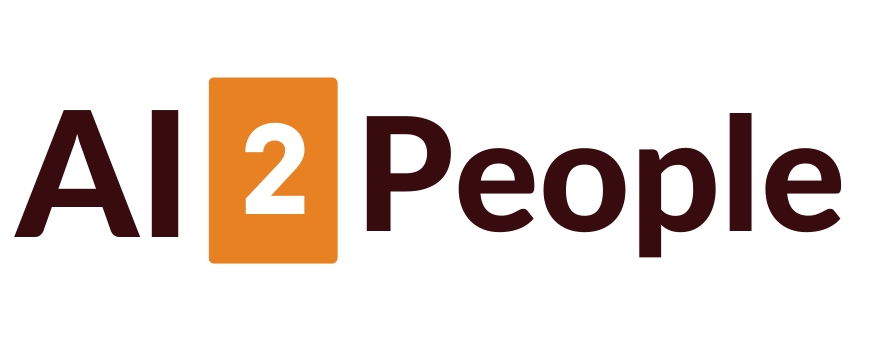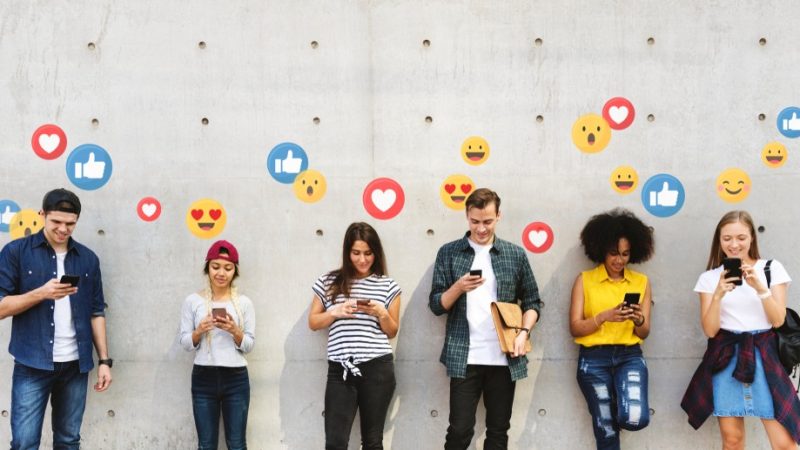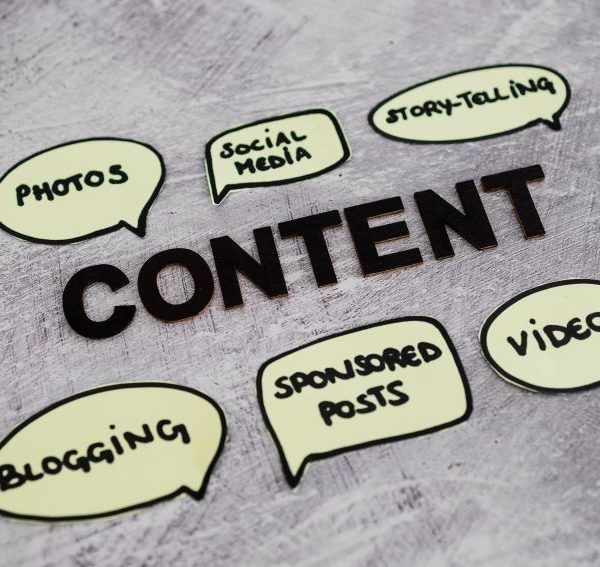
Does AI Impact the Ads We See?
In the world of digital advertising, it’s hard to ignore the impact that artificial intelligence (AI) has had on the industry. AI has revolutionized the way ads are created, delivered, and optimized for maximum performance. But with all of this power comes a question: does AI impact the ads we see? In this article, we will explore how AI chooses the ads we see and how it affects our online experiences.
What are Ads?
Before we dive into the impact of AI on advertising, let’s define what ads are. Ads are a form of marketing communication that aims to promote a product, service, or idea to a target audience. Ads can come in many forms, including display ads, search ads, video ads, social media ads, and more. The ultimate goal of advertising is to influence consumer behavior, whether that’s driving sales, generating leads, or building brand awareness.
How Does AI Choose What We See?
Now that we have a better understanding of what ads are, let’s explore how AI chooses which ads we see. There are a few key techniques that AI uses to optimize ad delivery and performance:
Multi-Arm Bandit
The multi-arm bandit algorithm is a popular technique used by AI to optimize ad delivery. This algorithm is based on the idea of a slot machine, where each arm represents a different ad variant. The algorithm tries to maximize the reward (clicks, conversions, etc.) by exploring different ad variants and exploiting the ones that perform best.
A/B Testing

A/B testing is another common technique used by AI to optimize ad performance. In this technique, two or more ad variants are shown to a sample of the target audience, and the variant that performs best is shown to the rest of the audience. AI can automate the A/B testing process and make real-time decisions about which ad variant to show based on performance data.
Exploration vs. Exploitation
Exploration vs. exploitation is a key concept in AI that helps to balance the need for exploration (trying new things) with the need for exploitation (using what works). In the context of advertising, this means that AI needs to balance the need for trying new ad variants with the need to show the ad variants that are most likely to perform well.
Adding Context to the Model
AI can use contextual information to help choose which ads to show. For example, AI can use information about the user’s browsing history, location, and behavior to make more informed decisions about which ads are most likely to be relevant and effective
What Else to Read?
You have already learned how is AI choosing the ads we see online. If you are interested in marketing, it’s useful to know how is AI impacting the marketing industry in general. It is reshaping the way that the marketers are communicating with consumers. For example you can read more about the impact of AI on email marketing or how it is changing the content creation process.
In Conclusion
So, does AI impact the ads we see? The answer is a resounding yes. AI has revolutionized the way ads are created, delivered, and optimized for maximum performance. By using techniques like the multi-arm bandit algorithm, A/B testing, exploration vs. exploitation, and adding context to the model, AI is able to deliver more relevant, personalized, and effective ads to users. This has benefits for both advertisers and consumers – advertisers can reach their target audience more effectively, while consumers are more likely to see ads that are relevant to their interests and needs.
There are also concerns about the potential downsides of AI-powered advertising, such as the risk of bias or the potential for ads to be overly intrusive. It’s important for both advertisers and consumers to be aware of these concerns and work together to find solutions that balance the benefits of AI with the need for privacy and ethical considerations.



















